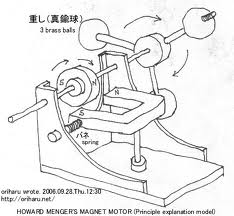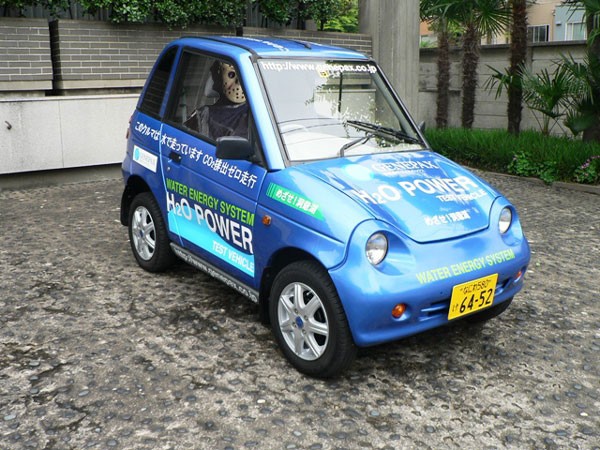Facebook is again in the press, this time about its proposed sale, or if you like the sale of the data it has collected about you and me, but Christopher addressed this issue in a post a couple of weeks ago, and I would like to raise another issue involving the mighty corporation.
Facebook state that they have over 800 million registered users, and that more than half of them use their account on any single day. Incredible stuff, it seems they have a lot to sell, but here in the US several states are trying to tackle a serious ethical and moral issue, what happens to their data when users die?
In the world about one person in every 113 will die in a year, obviously Facebook is generally used by young people who are relatively rich in that they have access to a computer, so this rate would be much lower, but even taking that into account thousands of Facebook users must die every year.
And that leads me on to the point of this, one of my more morbid posts. If these people haven’t made a will or named a benefactor for their account, what happens to the data? The current legal state of play is this; in the event of a user’s death their next of kin does not have the right to alter or take down their Facebook page. Obviously if they were in possession of the deceased person’s password they could do it (although it might be illegal to do so), but without this information they have no way of removing the data.
This is not only a question of privacy, but also of tact. Many families suffering bereavement do not like to see the deceased’s Facebook page open to the world, or even worse see the photo of their loved one in their ‘friends’ every time they open their own Facebook account. The issue is being addressed in the US with several politicians pushing for legislation that would allow family members access to deceased people’s pages, and Facebook do have a policy on freezing the accounts of dead people but it is a painfully slow process. They require death certificates and other documentation all of which takes time and is probably a very unpleasant experience.
The NC Times and Wall Street Journal both carried articles this week about a young man who posted a picture of himself with a gun in his mouth before commiting suicide and the problems his family had getting the photo removed. It remained for some time and caused a great deal of distress to many people.
On a slightly lighter note you might like the idea of life after death, and fortunately now you can have it, with the new ‘digital afterlife Facebook application’ called If I Die.
Yes you can post on your wall directly from the grave (preparation required while still in life) and communicate with your friends here back on Earth.
I have written about Facebook on a couple of other occasions regarding what I see as far from clear privacy rules, and you can read them here and here if you are interested, and you can download a free will and testament here if you feel you need it.
Here is a short report on the BBC website reporting on the problem.



